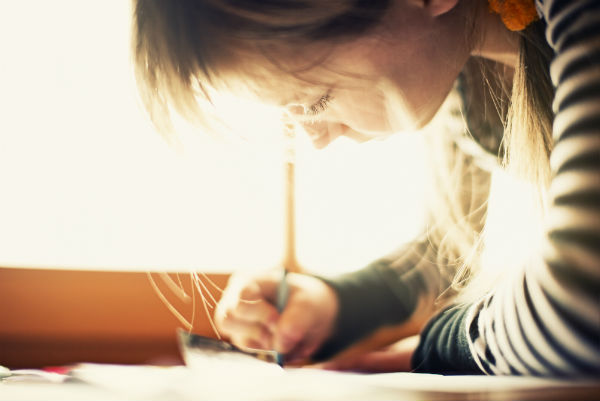Nothing is original. We create through experiment, struggle and learning from others”
It’s actually as much a theory of knowledge (TOK) question as a visual arts one, like many of the deeper questions in life.
I could follow it up with some knowledge questions such as:
- To what extent is creativity informed by research?
- To what extent are ideas generated from external stimuli?
But talking about art… Does it even matter what the idea is? Good Ideas? Bad ideas? Ugly ideas? Does the ‘quality’ of your idea matter? Not really – in many cases it’s more about what you do with it!
Virtually anything can be starting point. It can be a vague idea about some issue that worries you – for example, social injustice or gender inequality. It could be a fairly random idea provoked by something as transient as a dream.
Some of my students are never short of these ‘one-off’, they sprout them and announce them on an almost daily basis, “hey I’ve got a new idea, there’s a woman underwater/face in a fog/ door in a forest/plant that’s half-human, couple kissing, angry looking fat guy, etc.”
Everything needs a starting point. This could be an idea that has been percolating somewhere at the back of your mind for months, or it could be some weird incident that happened last night in a dream. Or something else.
In many ways, it doesn’t matter where your ideas come from. What matters is what you do with them.
‘The Shoulders of  Giants’
Giants’
Art does not exist in isolation. Alongside the media explorations, I will also point the student, in question, in the direction of artworks and artists who I think may have relevance and usefulness in this context. I think that a great starting point and doorway to more important ideas is what has gone before.
In 1676 Isaac Newton said: “If I have seen further, it is by standing on the shoulders of giants.”
He is saying that we discover truth by building on previous discoveries.
Newton, of course, was a scientist – but artists also stand on the shoulders of giants.
Most art has links to earlier art
Tracey Emin’s Bed is an obvious and predictable descendent of Duchamp’s Fountain. Both are about an idea and neither artist actually made the artwork. Duchamp’s LHOOQ was obviously inspired by Leonardo’s Mona Lisa. “Ophelia” by Millais was inspired by the idea/image of Hamlet’s drowned lover (and of course Shakespeare’s play)
In the summer, I visited the Victoria and Albert Museum in London, to see the “Botticelli Reimagined” exhibition. “Reimagined” refers to the connections that artists since Botticelli made with the art of Botticelli. It was a great exhibition, and it explored “the enduring impact of the Florentine painter Sandro Botticelli from the Pre-Raphaelites to today. Sandro Botticelli (1445-1510) is recognised as one of the greatest artists of all time. His celebrated images are firmly embedded in public consciousness and his influence permeates art, design, fashion and film”.
In this sense those later artists, fashion designers and filmmakers etc. “stood” on Botticelli’s shoulders, although these days we would use words like appropriation or homage.

Being inspired vs ripping off
Always acknowledge all sources of influence!
It’s all very well saying that you are standing on the shoulders of Andy Warhol, Banksy or Tracy Emin, but of course you must also acknowledge their influence and impact. Otherwise you might be accused of plagiarism, stealing etc.
Andrew Vaughan is an IB World School teacher. This post was originally published on the OSC IB blogs in 2017.

